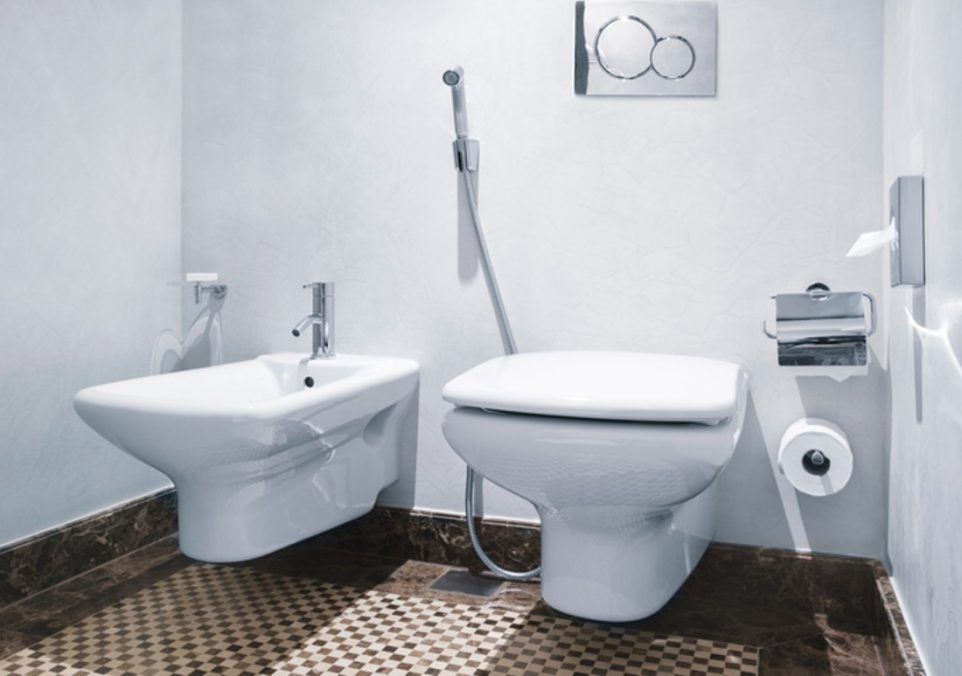How Does a Bidet Work? 5 Things to Know Before You Buy One

Are you contemplating a bidet purchase? Delve into these essential insights before making a decision. A bidet, a hygiene device ubiquitous in many regions, has surged in popularity, particularly in countries like the United States. Functioning as a post-toilet cleansing system, it delivers a gentle water stream to cleanse the genital and anal areas.
Before investing, there are a few key details you should know, like its usage, its increasing global adoption, and the convenience it offers. This guide illuminates five crucial aspects to consider. Step into the realm of bidet functionality armed with knowledge, paving the way for a more refreshing and environmentally conscious approach to personal hygiene.
Different Types of Bidets
There are several types of bidets available in the market, each with its own set of features. The most common type is the standalone bidet which resembles a small sink and is generally installed next to the toilet. There are also bidet toilet attachments that you can adhere to your existing toilet and use like a spray nozzle.
Another option is a bidet seat, which replaces your regular toilet seat and has built-in water jets for cleaning. The type you choose will depend on your personal preference and the space available in your bathroom.
Bidet Water Pressure and Temperature
One of the biggest concerns people have when considering a bidet is the water pressure and temperature. However, most modern bidets come with adjustable water pressure and temperature settings, allowing you to customize your experience according to your comfort level. Some models even come with heated seats for added comfort during colder months.
Bidet Installation and Maintenance
The installation process for a bidet can vary depending on the type you choose. Standalone bidets will require separate plumbing and may be more difficult to install, while handheld and bidet seat options are easier to install.
It’s recommended to hire a professional plumber for installation to ensure it gets done correctly. As for maintenance, most bidets come with self-cleaning features, making them easy to maintain. It is also important to regularly clean your bidet as well.
Health Benefits of Using a Bidet
Aside from the obvious hygiene benefits, using a bidet can also have positive effects on your health. For those with sensitive skin or certain medical conditions, such as hemorrhoids, a bidet can provide a gentler and more hygienic alternative to using toilet paper. It can also help prevent urinary tract infections by properly cleansing the genital area after using the bathroom.
Cost of Installing a Bidet
The cost of installing a bidet can vary depending on the type and brand you choose. Handheld bidets are usually the most affordable option, while standalone bidets and bidet seats can be more expensive. However, considering the long-term benefits and potential cost savings, many people consider a bidet to be a worthwhile investment.
One of the most notable benefits is the reduction in toilet paper consumption, which saves you money in the long run. It also contributes to the conservation of forests and minimizes the environmental footprint associated with paper production. Moreover, bidets often use less water than traditional toilets, leading to overall water conservation and savings on water bills.
Conclusion
While it may seem like a simple device, there are a few things you should know before purchasing a bidet. Understanding the different types available, the installation and maintenance requirements, and the upfront costs can help you make an informed decision. Ultimately, whether you choose to install a bidet in your bathroom will depend on your personal preferences and needs. So if you are considering purchasing a bidet, don’t be afraid to do your research.